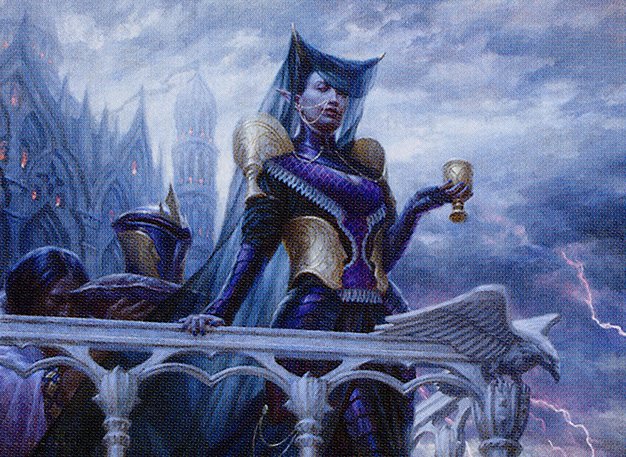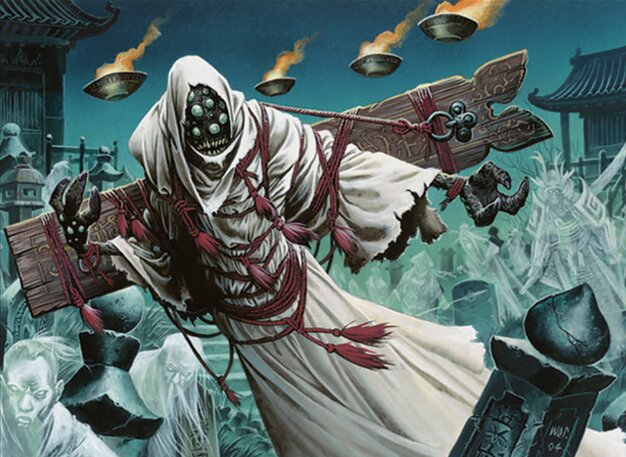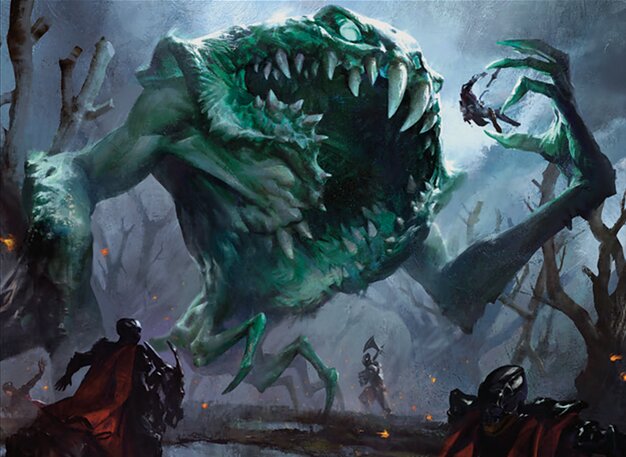Deck & Commander Strategies

Aminatou, the Fateshifter
Manipulates the top of the library and flickers permanents to gain incremental value, control the board, and out-resource opponents.

Ayara, First of Locthwain
Relies on black creature synergy to drain opponents' life while drawing cards and maintaining board presence through attrition.

Shirei, Shizo's Caretaker
Uses sacrifice and recursion of small creatures to generate value, disrupt opponents, and maintain a resilient board state.

Yargle, Glutton of Urborg
Focuses on a mono-black, low-cost commons and uncommons deck that leverages efficient creatures for steady pressure without relying on traditional staples.
Gameplay Insights
- 1
Yargle's mono-black 'economander' deck demonstrated how limiting card rarity and cost can still produce a viable and competitive strategy.
- 2
Shirei's ability to repeatedly sacrifice and reanimate creatures created continuous board presence and incremental advantage, pressuring opponents steadily.
- 3
Ayara's consistent life drain through creature combat and abilities pressured other players, forcing them to respond or lose significant life.
- 4
Aminatou's flicker and top-deck manipulation allowed for resetting key creatures and reusing enter-the-battlefield effects, maintaining control during midgame.
- 5
The multiplayer dynamic emphasized the importance of timing removal and resource management to handle diverse strategies and interactions.
Notable Cards
-

Yargle, Glutton of Urborg
-

Shirei, Shizo's Caretaker
-

Ayara, First of Locthwain
-

Aminatou, the Fateshifter
Gameplay Summary
The game featured a four-player Commander match with Aminatou, the Fateshifter; Ayara, First of Locthwain; Shirei, Shizo's Caretaker; and Yargle, Glutton of Urborg.
Early turns saw players establishing their board states with ramp and low-cost creatures, setting up their respective strategies.
Yargle's player challenged the norm by building a mono-black deck using only commons and uncommons, focusing on economical creature deployment and value plays without traditional staples like Sol Ring.
Shirei's deck leveraged its ability to repeatedly sacrifice and revive creatures, aiming to generate incremental advantage and drain opponents.
Ayara's deck focused on draining life through consistent black creature presence and card draw synergy.
Aminatou's player looked to manipulate the top of the deck and flicker permanents to gain value and control the flow of the game. As the midgame progressed, key interactions included Shirei's abuse of sacrifice mechanics to maintain board presence, and Ayara steadily draining life totals while maintaining pressure.
Yargle's deck, despite its unusual restrictions, contributed with resilient creatures that could absorb hits and apply pressure.
Aminatou used flicker effects to reset threats and protect key pieces, gaining incremental advantage.
The game had tense moments with strategic plays revolving around sacrifice, recursion, and incremental damage.
The board dynamic shifted multiple times as players responded to threats and board wipes.
The game showcased the diverse playstyles and unique deckbuilding approaches of each commander, culminating in a complex multiplayer scenario where timely removal and resource management were crucial.





















![Season Finale Fan Special [Commander VS 305] | Magic: the Gathering Commander Gameplay thumbnail](https://i.ytimg.com/vi/4VCbfC4ADDk/sddefault.jpg)
![Commander VS S14E5: Lord Windgrace VS Saheeli VS Aminatou VS Estrid [EDH] thumbnail](https://i.ytimg.com/vi/JC-3BaczJhU/sddefault.jpg)




![Commander VS S6E9: Shirei vs Phelddagrif vs Dralnu vs Hixus [MTG] thumbnail](https://i.ytimg.com/vi/vfgLmNwT_J8/sddefault.jpg)













